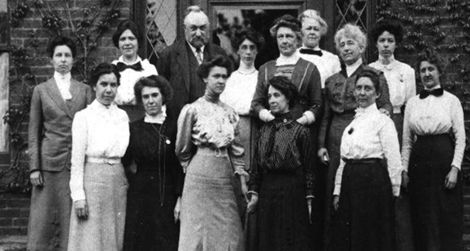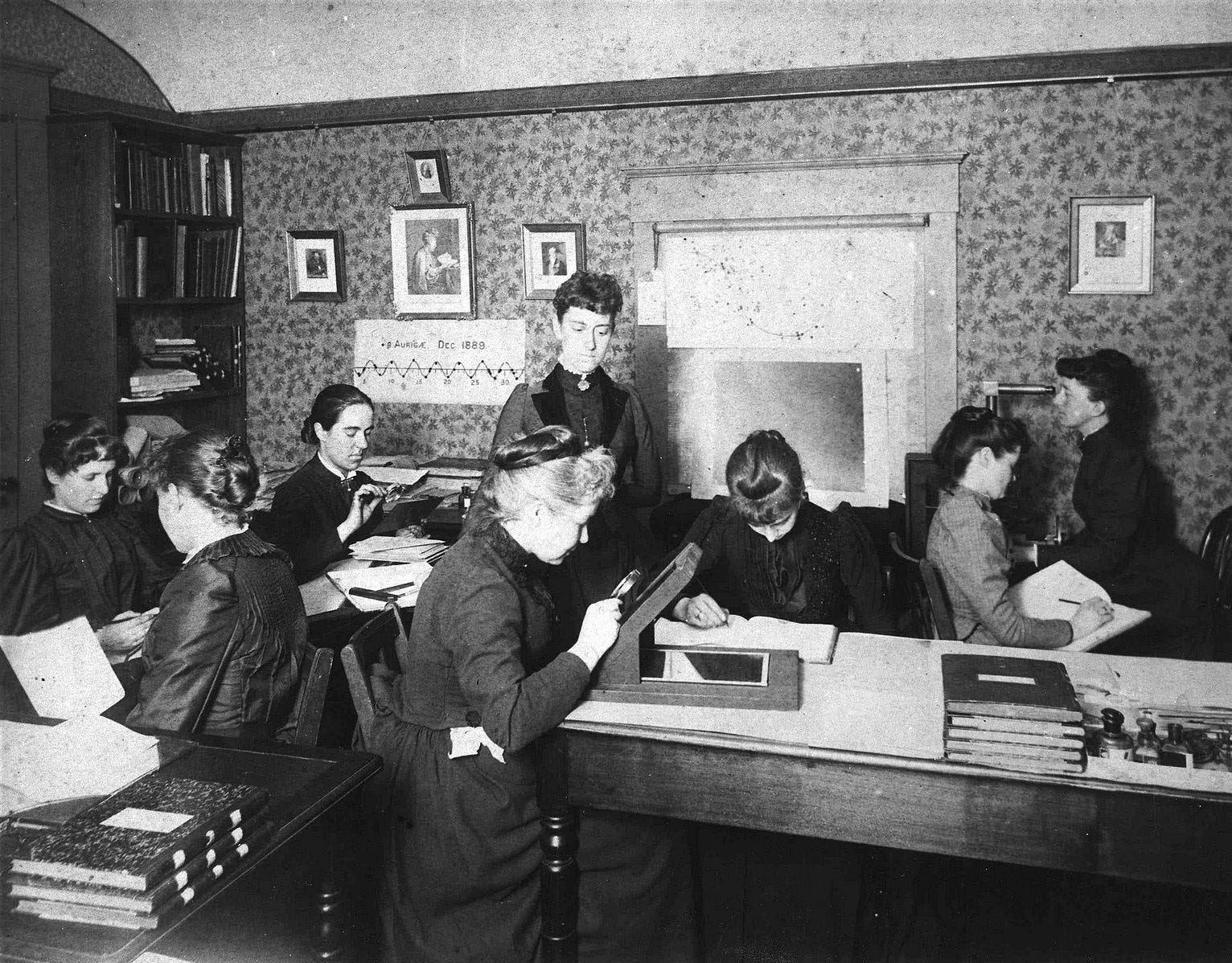2012 Geminid Meteor Shower over the Canary Islands
© StarryEarth / Instituto de Astrofísica de Canarias
Canon EOS 5D Mark II, 50.0 mm, ISO 3200 – composite
Canon EOS 5D Mark II, 50.0 mm, ISO 3200 – composite
via American Meteor Society
The Geminid Meteor Shower is one of the best (if not the best) meteor shower of the year. Geminid Meteors are bright with a (seasonally festive) greenish hue that leave long lasting dust trails in the sky.
Active now! Year in and year out the Geminids are currently the most dependable meteor shower. Unfortunately, they are active in December when temperatures are often cold and skies cloudy in the northern hemisphere.
Last year Google celebrated the Geminids meteor shower with a slideshow Doodle on 13 December.
Don't forget to talk about it in the classroom. It's lovely! Young students will enjoy it and will understand better the meteor shower.
Some information:
The Geminid meteor shower is nearly 200 years old, according to known records - the first recorded observation was in 1833 from a riverboat on the Mississippi River - and is still going strong. In fact, it's growing stronger. That's because Jupiter's gravity has tugged the stream of particles from the shower's source, the asteroid 3200 Phaethon, closer to Earth over the centuries.
Image credit: Sky & Telescope diagram
The Geminids can be annually observed between December 4 and December 17, with its peak activity being around December 14. The shower owes its name to the constellation Gemini from where the meteors seem to emerge from in the sky.
But 2021 isn't expected to be a spectacular year for the Geminids, as the shower's peak on Dec. 13-14 arrives just a few days before the full moon.
Even after the peak, bright meteors may be visible for the next few nights. The best time to watch for the Geminids is about 2 a.m. in your local time zone.
This year it started 7 December. However there will be a nearly full moon in the sky as the Geminids peak on the night of December 13/14.
December's full moon is known as the Cold Moon, though it has many other nicknames by different cultures: Oak Moon, Moon before Yule, Long Night Moon, Uduvapa Poya, the Karthikai Deepam Moon and the Chang'e Moon.
December's full moon is known as the Cold Moon, though it has many other nicknames by different cultures: Oak Moon, Moon before Yule, Long Night Moon, Uduvapa Poya, the Karthikai Deepam Moon and the Chang'e Moon.
credits: American Meteor Society
The Moon will appear full for about three days centered on this time, from Tuesday 12 December evening through Friday morning.
Unfortunately this means that the fainter meteors will be obscured by the bright moonlight and that total counts will be reduced drastically.
Though the Geminid shower is a quite lively producing frequent bright meteors, which should outshine the copious moonlight.
Then is this display worth viewing this year? Certainly! So it may be chilly out, but if you and your students step outside over the next week, you’ll be able to enjoy one of the most active meteor showers of the year!
Instead of seeing 60 or more Geminids per hour one may still be able to count roughly 20 per hour. Is 20 per hour worth viewing on a cold December night? Yes!
credits: Dinah Ruth Angot
Education:
On 13/14 December, the spectacular Geminids meteor shower will be back with its spectacular show.
The winter, cold temperatures contribute in making this shower neglected by the public, while it offer bright, very enjoyable meteors.
But most of us are excited about the Geminids shower. Science teachers and students. They will join sky watchers at an observatory in the town or simply outside.
This time teachers and students are just ending school time before Christmas season. But they will have the time - forget the tests - to watch the sky and sciences curriculum will be enhanced with the awesome event in the sky.
Do you want a better science lesson ? Two nights on live science. But we have more! Annie Jump Cannon, do you know her name ? A pioneer woman in Astronomy. Wow!
- Annie Jump Cannon: A pioneer in Astronomy
Annie Jump Cannon, 1922
via Biography.com
American astronomer Annie Jump Cannon spent her life studying the night sky. On 11 December 2014, the homepage in the U.S. was gazing at the stars Cannon loved so much for her 151st birthday. A pioneer in Astronomy, Cannon developed the Harvard Classification Scheme with Edward C. Pickering, which organized and categorized stars based on their temperatures.
Annie Jump Cannon, American astronomer
Google Doodles
- Google Doodle:
Google honored with a Doodle on 11 December 2014, the American astronomer Annie Jump Cannon. The Doodle was gazing at the stars Cannon loved so much for her 151st birthday.
A pioneer in Astronomy, Cannon developed the Harvard Classification Scheme with Edward C. Pickering, which organized and categorized stars based on their temperatures.
Annie Jump Cannon was a pioneering astronomer responsible for the classification of hundreds of thousands of stars.
AAVSO members in 1916, meeting at Harvard College Observatory. The two women in the photograph are Ida E. Woods (front row) and Annie Jump Cannon (behind Woods)
She was born on 11 December 1863, in Dover, Delaware. Annie Jump Cannon studied Physics and Astronomy at Wellesley College and went on to work at Harvard Observatory.
The Harvard Computers group
Image Credit: The Harvard-Smithsonian Center for Astrophysics
Cannon began her career as one of several dozen female "computers" – then defined as people who did calculations – hired by Edward Charles Pickering, director of the Harvard College Observatory, to analyze photographic plates of stars — considered unspecialized and tedious work. They were largely unrecognized in their time, but are becoming better-known today for their fundamental contributions to Astronomy.
A trailblazer for women in science, Cannon discovered hundreds of variable stars and devised a unique system of classification that became the universal standard, in which she listed hundreds of thousands of stars.
Cannon died in Massachusetts in 1941.
credits: Harvard College Observatory, 1890
Cannon's appointment was finally made official in 1938. She won multiple awards, including the Henry Draper Medal of the National Academy of Sciences. Cannon retired in 1940 and continued doing research until she died the following year.
Cannon's spectral classification system is still used today – with a variant. The modern Morgan-Keenan spectral classification system still uses the OBAFGKM sequence, but subdivides each star into a luminosity class to more precisely define its type.
Activities:
It would be interesting to include this women scientist into your lesson to motivate girls to science.
As a motivation, ask about Annie Jump Cannon. Do students know who she was? Include the Google Doodle about her 151st anniversary into your lesson.
During the Geminids shower sky watching, teachers, students can do some good shots, or videos with iPhones, smartphones or tablets to discuss the theme the next lesson before or after Christmas. That will depends where you are living and teaching.
Pick the Apollo 17 mission:
Apollo 17 prime crew
credits NASA
via Space.com
By the way on 11 December 1972, Apollo 17 land on the moon. Apollo 17 became the last mission to land humans on the moon. The first mission was Apollo 11 51 years ago.
Commander Gene Cernan was the last person to set foot on the lunar surface as he followed the lunar module pilot, Harrison Schmitt, back into the spacecraft on the last day. Ronald Evans, the command module pilot, never got the chance to walk on the moon like his crewmates did, because he had to hang out by himself in lunar orbit.
You see! How many subjects can you as a teacher enhance your sciences lesson! Students will be so excited to learn about.
Time to back to the Geminids meteor shower...
© David Trood /GettyImages
How and when to view?
To best see the Geminids you need to view as close to December 14th as possible.
Like all meteors showers, there are many more faint meteors than bright ones. Eyes that had just stared at the moon or just came outside from indoors will not be able to see these fainter meteors. Say your students to give their eyes time at adjust to the darkness.
There will be periods when little activity is seen and then other periods when meteors are falling constantly.
These periods often last as long as 15 minutes so it is advisable to watch for an hour or more so that students witness several peaks and valleys and get a real feel of the meteor activity.
Invite them to go at the observatory in town for a comfortable night of meteor watching. They will be with some interested sky watchers and astronomers from the observatory who will guide during the sky watching.
They can face in any direction as Geminid meteors can be seen in any part of the sky.
credits: Bronberg Weather Station
Pretoria, South Africa
No matter what part of the sky they appear, they will all trace back to the radiant near the bright star known as Castor.
Hey ! Don't forget ! The peak of the Geminid meteor shower will be the night of December 13-14. Unfortunately this means that the fainter meteors will be obscured by the bright moonlight and that total counts will be reduced drastically.But don't give up to watch the sky! The full-moon can obtrude too greatly on the great celestial light show.
Grab those binoculars, dust off that telescope, and join astronomers under the beautiful dark Geminids skies at the observatory at your town!
- NASA To Livestream Annual
Every December we have a chance to see one of our favorite meteor showers – the Geminids. The shower is currently active until Dec. 17 and will peak on the night of Dec. 13 into the morning of Dec. 14, making those hours the best time for viewing the meteor shower.
Invite your students to follow here
Hoping you will have great lessons including all these resources!
G-Souto
11.12.2019
G-Souto
11.12.2019
updated 13.12.2021
Copyright © 2019G-Souto'sBlog, gsouto-digitalteacher.blogspot.com®
NASA Science
Space.com : 2019 Full Moons Calendar
American Meteor Society

Schools : The Geminids shower ? Let's talk about, Annie Jump Cannon & something more ! by G-Souto is licensed under a Creative Commons Attribution-NonCommercial-NoDerivatives 4.0 International License.












No comments:
Post a Comment